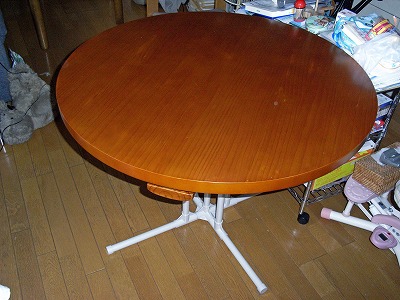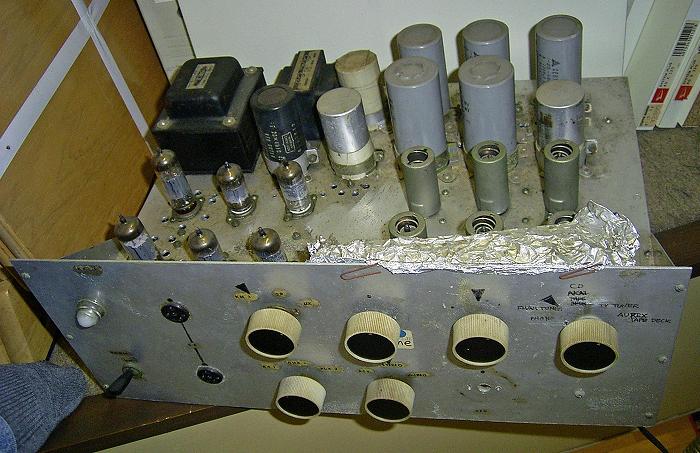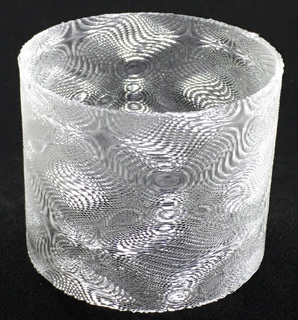What's New
- My current major research area is 3D printing. A position paper on this R&D was recently published. Several other papers are also being published.

 I recommend you to select pages from the right-side categories in this page.
Try some categories interesting for you.
Each category page has an explanation and information for navigation.
If you want to see whole blog, you can click the "ARCHIVES" title or look at the per-month archives.
I recommend you to select pages from the right-side categories in this page.
Try some categories interesting for you.
Each category page has an explanation and information for navigation.
If you want to see whole blog, you can click the "ARCHIVES" title or look at the per-month archives.
 BTW, as shown on the blog top page, the submission date of this page is intentionally set 9999-12-01 00:00:00. However, the actual submission date is 2009-01-18 13:48:24 12:05.
BTW, as shown on the blog top page, the submission date of this page is intentionally set 9999-12-01 00:00:00. However, the actual submission date is 2009-01-18 13:48:24 12:05.
To keep the page light, I exclude photos in individual pages from the archive page. Instead, I inserted some of them here.
By using the helical 3D printing method, a cylinder with screws can be created by a single roll of filament. Screws are formed both on outside and inside of the cylinder. So, if forming multiple cylinders with close radiuses, they can be screwed in each other. I took some photos of such nested screws.
When amount of filament is decreased in 3D printing (FFF), striped patterns and various patterns with fine holes are generated. I wrote and showed such patterns in my blog in Japanese and wrote several papers on this issue. Researchers in MIT applied such patterns, which people usually try to avoid, to clothes. I wanted to develop practical applications of such patterns, but I could not find one.
 For more than a year, I have investigated patterns generated by synthesizing three types of waves by helical 3d printing.
Because waves are synthesized by linear models by this method, I thought no unexpected patterns are generated. However, very recently I found that unexpected complex patterns are generated by using very fine deformation waves.
For more than a year, I have investigated patterns generated by synthesizing three types of waves by helical 3d printing.
Because waves are synthesized by linear models by this method, I thought no unexpected patterns are generated. However, very recently I found that unexpected complex patterns are generated by using very fine deformation waves.
All3DP, a Web site that nicely summarizes various 3D-printing related topics, presented 3D printing trouble shooting: 34 common problems. The description of countermeasure is not necessarily very convenient. However, there are several interesting photos in the described cases.
I attended the SFF Symposium of this year and found that there were several presentations that focused on Printrbot, a 3D printer make. Printrbot was the first 3D printer that I built up from a kit. I found several design defects that causes my much labor. When I see what they have done since then, they seem to be mindless of users convenience. However, Printrbot seems to be still popular among much increased types of 3D printers. I do not understand the reason why so.
I made a business trip to Washington DC for a demo in 22nd GENI Engineering Conference (GEC 22). I explained a newly developed protocol called IPON.
I happened to look at a page in YouTube, and wrote a comment. The video is on Tchaikovsky's Violin Concerto played by Sayaka Shoji.
This video shows the facial expressions of the violinist very well. She shows both her emotion and technical issues. She seems to synchronize her performance with the orchestra by looking at the conductor (and probably by communicating with him). It is difficult to see such expressions in concerts.
By using a 3D printer in unusual way, interesting randomized "CA-like" patterns are generated (see this video). When the grids are relatively sparse, filament sometimes stacks regularly and sometimes stacks randomly.
By using a 3D printer in unusual way, interesting randomized "CA-like" patterns are generated (see this video). Sparse and more fluctuated patterns are generated when extruded less filament, and dense and more regular patterns are generated when extruded more filament.
The printing process of an Olympic symbol using "natural-direction 3D printing" was taken by camcorder, and the resulting videos were submitted to YouTube. Because it takes about 34 minutes to print it, two versions were submitted: 1x digest video and 8 x whole video.
A video on "Randomized shape creation with fluctuating 3D printing process" was submitted to YouTube. The title is "Creating naturally-fluctuated patterns using a 3D printer".
I assembled a 3D printer called “Printrbot Plus”. Lazer-cutted wooden parts are in plywoods. The plywoods contains many crosses.
Ethernet has been said to be a data-link layer protocol. It is true that Ethernet has data-link layer functions. However, it also has network-layer function, i.e., addressing. Therefore, if a network-layer protocol such as the internet protocol (IP) is used over Ethernet, the network-layer function is doubled. This causes protocol complexities, so I think this is a problem to be solved.
Sometimes I have to look at US patends. In such oppotunities, I usually look at the Web site of the US Patent Office first. However, when I look at patent descriptions, I need a TIFF viewer. Every time I want to do so, I fail to look at them! Why do they use unusable TIFF?!
I started a new trial “axis-specified” search service for Japanese version of Wikipedia yesterday. This service was announced in Japanese blog pages such as “Wikipedia 「軸づけ」 検索のインターネット上でのサービスをめざして”.
Father of President Obama was an African. Obama is not only Amarican African, but he is tightly connected to Africa, especially to Kenんa. The United States, of course, has been pay attention to African affairs. However, the presidents of the US seemed less attention to Africa than other areas in the world. So, I want to say "let there be light to Africa"!.
Relational databases are widely used. However, it is not very clear how queries written by SQL are executed by the DBMS. Don't you think we can understand the execution mechanism better by simulating the query execution using a procedural language?
I tried to translate some SQL queries into Perl programs. Although there are many methods to implement a join operation, I tried only one. However, I could implement an optimized join within 20 lines of Perl code, and I recognized the power of Perl again.
I wrote that I received an inquiry from a French on “Programming Linguistics” that I proposed in my graduate thesis in a blog article titled “Linguistics of programming languages ― now an inquiry on my graduate thesis came from France”. Yesteday I received another inquiry from a Japanese, and I searched for related work. As I wrote in the above article, there have been a few studies on programs regarded as human-written linguistic expressions. However, in this time, I found a paper by Masaru Ohba and Katsuhiko Gondow, which analyzes the strudture of identifiers.
Objects printed by using the helical 3D printing technology are sold in Dasyn Yahoo! Japan shop.